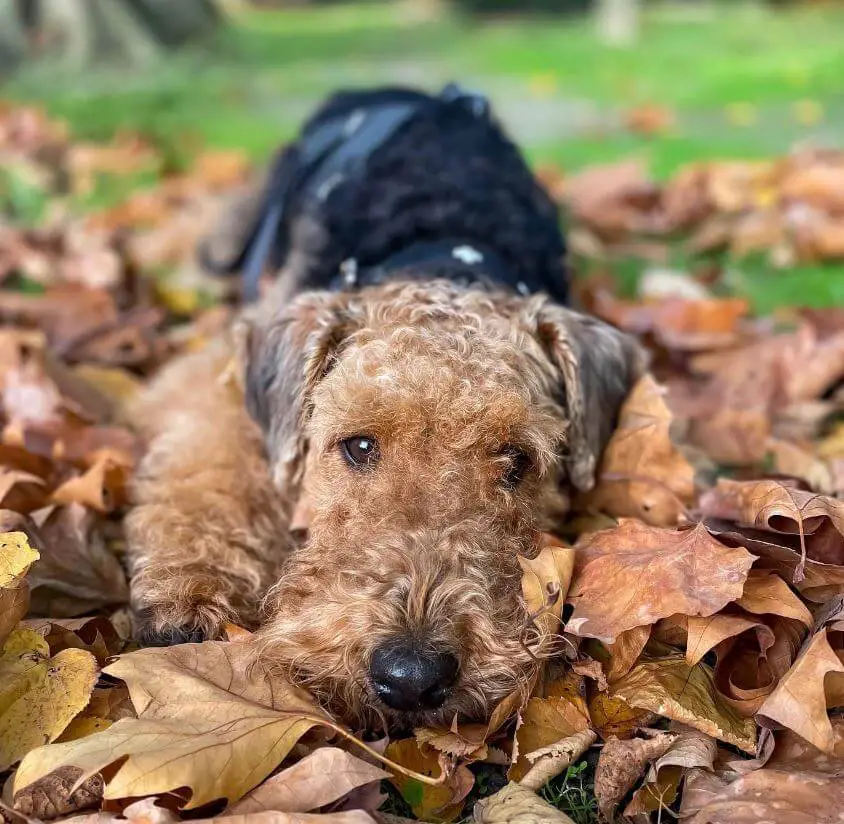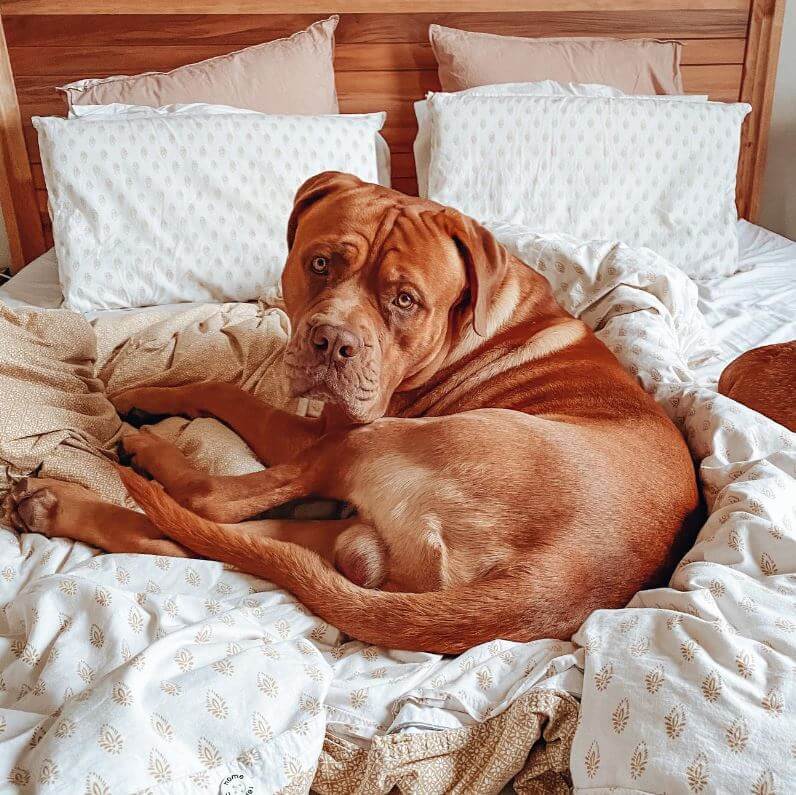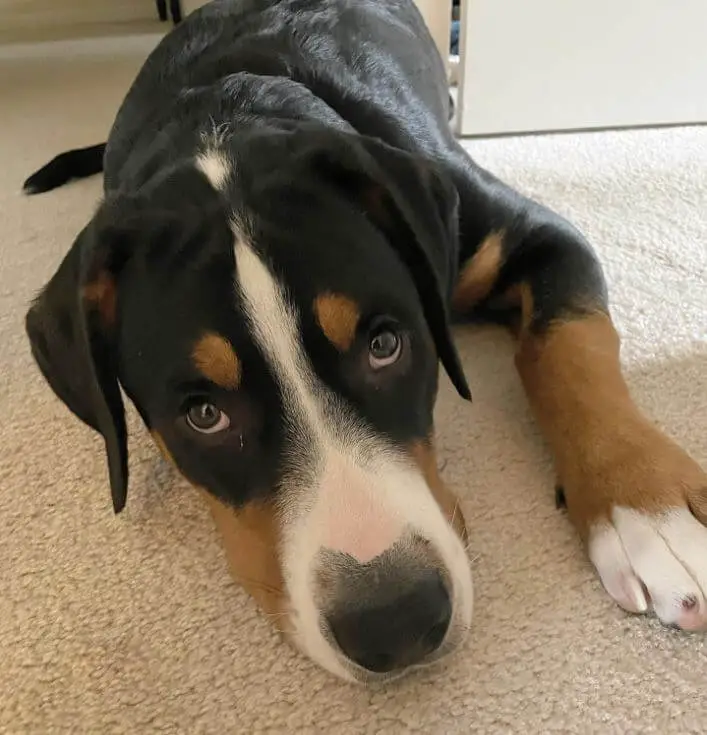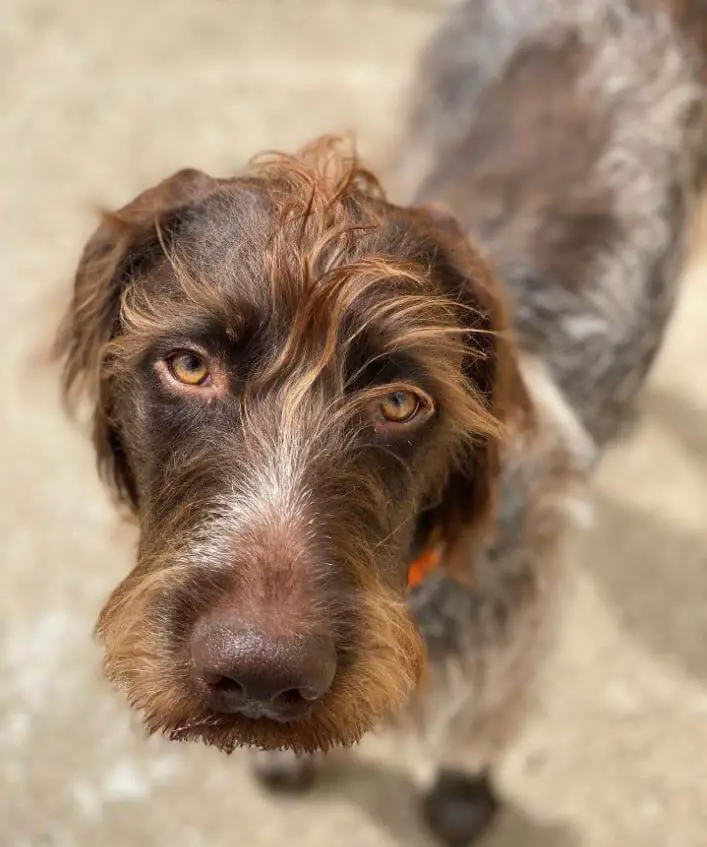Just like humans, dogs can experience anxiety and stress. While it may be more challenging to identify anxiety in our furry friends, understanding their emotional well-being is crucial for their overall health. One question that often arises is whether dogs can have panic attacks. In this article, we will explore the concept of panic attacks in dogs, common signs of anxiety, and provide guidance on how to help your anxious dog find relief.

Can Dogs Have Panic Attacks?
While dogs cannot experience panic attacks in the same way humans do, they can exhibit symptoms similar to a panic or anxiety attack. Dogs may show intense fear, restlessness, trembling, excessive panting, pacing, and attempts to escape or hide. These episodes are typically triggered by specific situations or stimuli that provoke fear or anxiety in the dog.
Recognizing Canine Panic Attacks:
Panic attacks in dogs can manifest in various ways, including but not limited to:
- Intense shaking or trembling
- Rapid breathing or hyperventilation
- Excessive drooling or panting
- Pacing or restlessness
- Dilated pupils
- Attempts to escape or hide
- Aggressive behavior out of fear
- Excessive barking or whining

Common Causes of Anxiety in Dogs:
There are several factors that can contribute to anxiety in dogs, including:
- Separation anxiety: Dogs may experience extreme distress when separated from their owners or left alone for extended periods.
- Fear of loud noises: Dogs may become anxious or fearful during thunderstorms, fireworks, or other loud noises.
- Traumatic experiences: Dogs that have been through traumatic events, such as abuse or accidents, may develop anxiety.
- Changes in routine or environment: Dogs are creatures of habit, and sudden changes in their environment or daily routine can cause stress and anxiety.
- Social anxiety: Some dogs may feel anxious or uncomfortable in social situations, especially around unfamiliar people or other animals.

Tips for Managing Canine Panic Attacks:
- Create a safe and secure environment: Designate a quiet and comfortable space where your dog can retreat during stressful situations. Consider using pheromone diffusers or calming music to create a soothing atmosphere.
- Provide proper socialization and training: Gradually expose your dog to different situations, people, and environments, using positive reinforcement techniques. This helps build their confidence and resilience.
- Maintain a consistent routine: Dogs thrive on routine, so establish a predictable schedule for feeding, exercise, and relaxation. Consistency provides a sense of security and stability.
- Use positive reinforcement: Reward calm and relaxed behavior with treats, praise, or playtime. Positive reinforcement helps redirect your dog’s attention and reinforces positive associations.
- Consider natural calming remedies: Consult with your veterinarian about natural remedies, such as herbal supplements or essential oils, that may help alleviate anxiety in dogs. Always use them under professional guidance.
- Seek professional help: If your dog’s panic attacks persist or worsen, consult with a veterinarian or a qualified animal behaviorist. They can provide a comprehensive evaluation and develop a tailored treatment plan.

Supporting Your Anxious Dog:
- Be patient and understanding: Remember that anxiety is a genuine condition, and your dog needs your support and patience. Avoid scolding or punishing them during panic attacks, as it can exacerbate their anxiety.
- Engage in calming activities: Incorporate calming activities into your dog’s routine, such as gentle massages, interactive puzzles, or aromatherapy. These activities can help relax their mind and body.
- Practice relaxation techniques: Explore relaxation techniques like deep breathing exercises or massage techniques designed specifically for dogs. These techniques can help your dog relax and reduce anxiety.

While dogs can experience panic attacks, understanding their causes, recognizing the symptoms, and implementing effective management strategies can make a significant difference in your dog’s well-being. By providing a safe and supportive environment, seeking professional guidance when needed, and using positive reinforcement techniques, you can help your anxious dog navigate through stressful situations and lead a happier, calmer life. Remember, every dog is unique, so be patient, compassionate, and adaptive in your approach to supporting your beloved furry friend.
